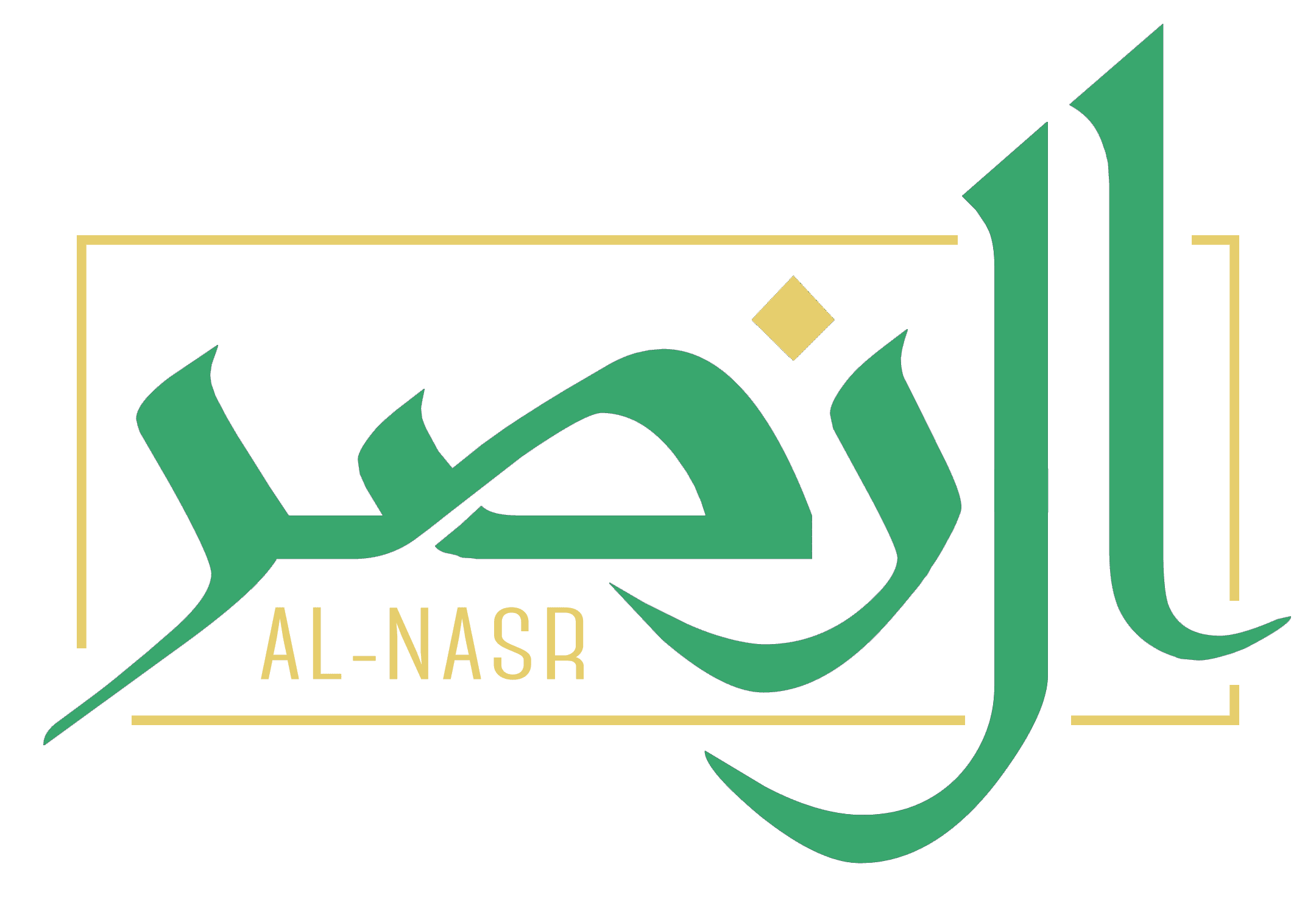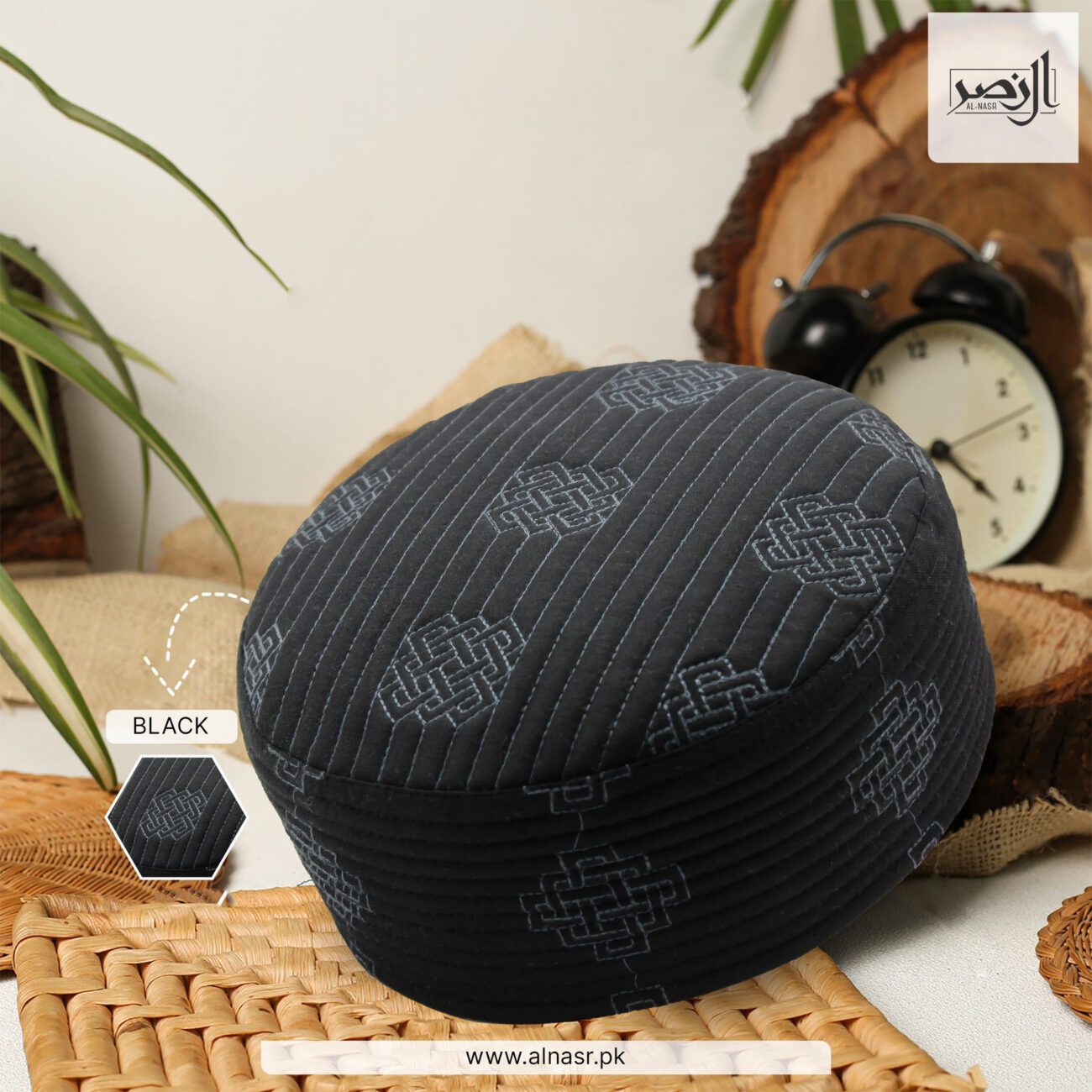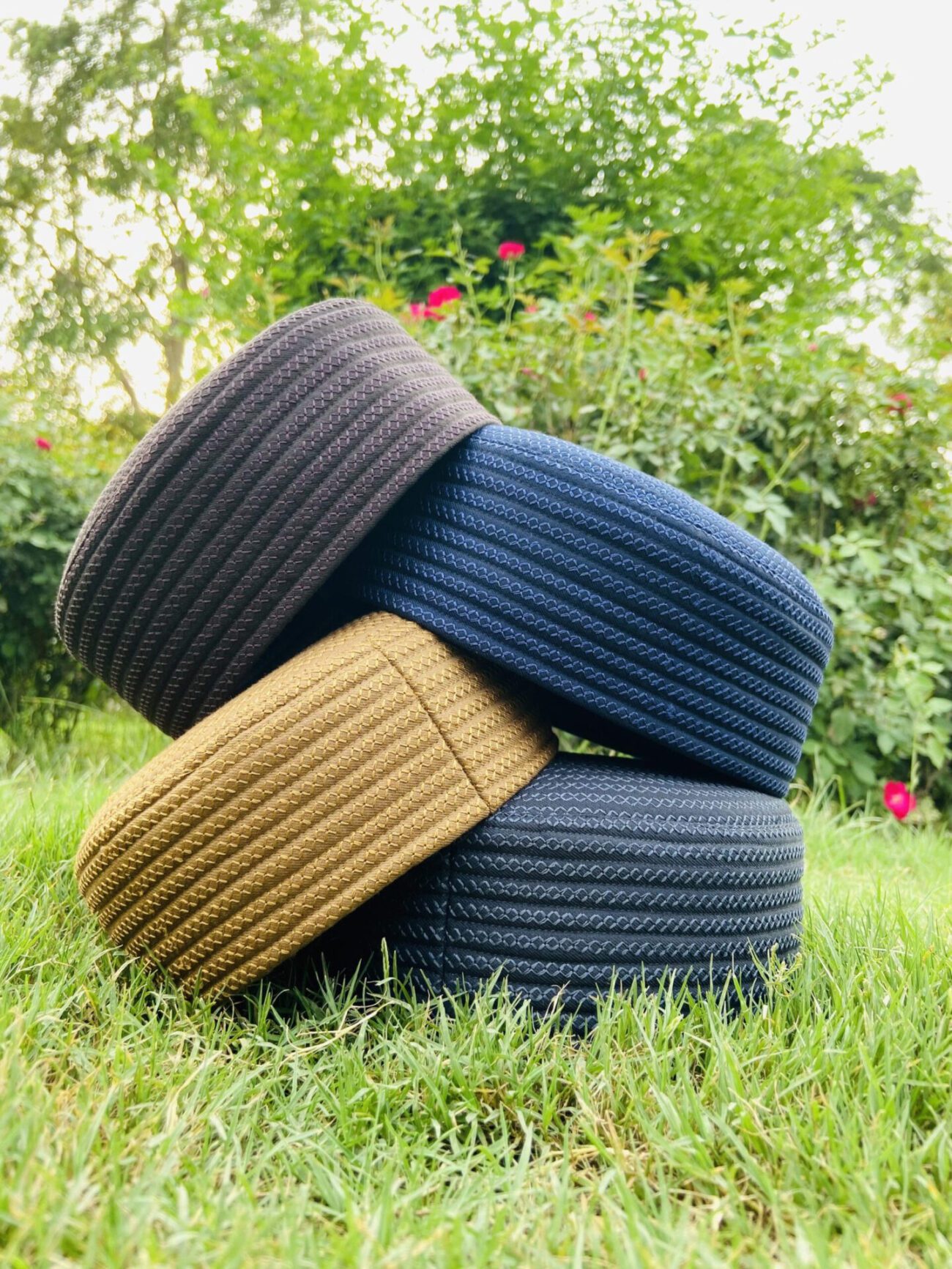The Muslim prayer cap, also known as the kufi or taqiyah, holds immense cultural and religious significance within the Muslim community. This distinctive head covering plays a vital role during prayers and beyond, serving as a symbol of devoutness and humility. In this article, we will delve into the rich history and various styles of the Muslim prayer cap, uncovering its spiritual importance and its diverse representations across different regions and cultures.
From its origins in the Arabian Peninsula to its prevalence across the globe, the Muslim prayer cap has evolved into a unique accessory that reflects individual style and cultural heritage. Whether it’s the embroidered kufis of West Africa, the intricately woven prayer caps of Southeast Asia, or the minimalist taqiyahs worn in the Middle East, each style carries a story and represents a distinct region’s traditions.
By exploring the significance and styles of the Muslim prayer cap, we hope to foster a deeper understanding and appreciation for this timeless symbol of faith. Join us as we take a closer look at this humble garment that has stood the test of time.
History and Cultural Significance of the Muslim Prayer Cap
The Muslim prayer cap, commonly referred to as the kufi or taqiyah, has a profound historical background that traces back to the early days of Islam. Its origins can be linked to the traditions of the Prophet Muhammad, who is said to have worn a cap during his prayers. This practice has been embraced by Muslims worldwide, symbolizing modesty, humility, and submission to God. The prayer cap serves as a reminder of the faithfulness and devotion required during worship, creating a physical representation of the spiritual mindset that believers strive to achieve during their prayers.
Throughout Islamic history, the prayer cap has evolved, becoming not just a religious artifact but also a cultural icon. In many Muslim-majority countries, the cap functions as a unifying emblem among followers of Islam, transcending ethnic and cultural differences. Its presence in various social contexts, from mosques to daily life, highlights its significance as a marker of religious identity. For many, donning a prayer cap is a daily affirmation of their faith, connecting them to a larger community of believers who share similar values and beliefs.
In addition to its religious connotations, the kufi carries cultural significance that reflects the diverse traditions of the Muslim world. Different regions have adopted unique styles and designs, incorporating local customs and aesthetics into the prayer caps. This cultural interplay has allowed the prayer cap to become a versatile accessory that not only serves a religious purpose but also reflects the rich tapestry of Islamic heritage across the globe. Ultimately, the history and significance of the Muslim prayer cap are deeply intertwined with the identity of Muslim communities, making it a cherished symbol of faith and culture that has withstood the test of time.
Different Styles of Muslim Prayer Caps
The variety of styles in Muslim prayer caps is as diverse as the cultures they represent. Each region boasts its unique designs, colors, and materials, reflecting local traditions and artistry. For instance, the embroidered kufis of West Africa are often adorned with intricate patterns and vibrant colors, showcasing the craftsmanship and cultural heritage of the artisans who create them. These caps are not just functional; they are often worn as a statement of identity and pride, representing the wearer’s connection to their roots and community.
In contrast, the taqiyahs worn in the Middle East tend to be more minimalist, emphasizing simplicity and elegance. Typically made from cotton or silk, these caps are often plain or feature subtle designs, serving as a humble adornment during prayer. The understated style aligns with the region’s cultural values, where modesty and humility are highly regarded. This minimalist approach allows the focus to remain on the act of worship, reinforcing the spiritual significance of the prayer cap.
Southeast Asia also presents a fascinating array of styles, with caps made from woven fabrics that reflect the region’s artisanal traditions. The intricate weaving techniques seen in Malaysian and Indonesian prayer caps highlight the skill and creativity of local artisans. These caps may feature colorful patterns or symbolic motifs, making them not only a religious accessory but also a piece of art that tells a story. The diversity in styles showcases the adaptability of the prayer cap, allowing it to resonate with various cultural identities while remaining a unifying emblem of faith.
Traditional Materials Used in Making Prayer Caps
The materials utilized in crafting Muslim prayer caps vary widely, impacting their design, comfort, and durability. Traditionally, many prayer caps were made from natural fibers such as cotton, wool, and silk. Cotton is particularly favored for its breathability and softness, making it an excellent choice for warm climates. Wool, on the other hand, provides warmth and insulation, ideal for cooler regions. Silk is often reserved for more formal occasions, lending an air of elegance to the cap while reflecting the wealth and status of the wearer.
In addition to these natural fibers, contemporary manufacturers have begun to incorporate synthetic materials into their designs. Polyester, for example, offers durability and ease of care, making it a practical option for everyday wear. While some purists may prefer traditional fabrics, the introduction of modern materials has expanded the options available to consumers, catering to a wide range of preferences and lifestyles. This evolution reflects the changing dynamics of fashion and practicality in the context of religious attire.
Moreover, the choice of material can also carry symbolic meaning. For instance, a prayer cap made from fine silk may signify a special occasion or a deep commitment to faith, while a simple cotton cap may represent a more humble approach to worship. The interplay between material and design is essential in understanding the significance of the prayer cap, as it embodies the values and traditions of the wearer. Ultimately, the materials used in making prayer caps not only influence their aesthetic appeal but also serve as a reflection of the wearer’s identity and beliefs.
Regional Variations of the Muslim Prayer Cap
The regional variations of Muslim prayer caps are a testament to the cultural richness and diversity found within the Muslim community. In North Africa, for example, the “chechia” is a popular style, typically made from wool or cotton and characterized by its conical shape. This cap is often worn by men during prayers and special occasions, symbolizing a connection to their heritage. The chechia’s distinctive form has become synonymous with the region’s cultural identity, showcasing how the prayer cap can serve as a marker of local tradition.
Moving to West Africa, the embroidered kufis stand out due to their elaborate designs and vibrant colors. These caps often feature intricate patterns that reflect local motifs and artistry. Many West African men wear these caps not only during prayers but also as part of their everyday attire. The craftsmanship involved in creating these embroidered pieces is highly valued, making each cap a unique representation of the artisan’s skill and the wearer’s cultural pride. The kufi thus becomes a medium for storytelling, encapsulating the history and heritage of the wearer.
In contrast, the Southeast Asian prayer caps, known as “kopiah” or “songkok,” are often made from fabric with a more structured form. These caps play a significant role in traditional ceremonies and are often worn during religious events and celebrations. The styles may vary in terms of height and embellishments but are generally characterized by their sleek and polished appearance. This regional variation highlights how the prayer cap can adapt to different cultural practices while maintaining its core significance as a symbol of faith. Each region’s unique take on the prayer cap enriches the overall narrative of Islamic identity, reflecting the beauty of diversity within unity.
Contemporary Designs and Fashion Trends in Prayer Caps
In recent years, contemporary designs and fashion trends have emerged in the realm of Muslim prayer caps, reflecting the evolving tastes and preferences of modern wearers. Designers are experimenting with bold colors, innovative patterns, and unique materials, transforming the traditional prayer cap into a fashionable accessory. This shift has allowed younger generations to express their individuality while retaining the spiritual significance of the cap, bridging the gap between tradition and contemporary style.
One notable trend is the incorporation of streetwear aesthetics into the design of prayer caps. This fusion has led to the creation of caps that feature graphic prints, embroidered logos, and unconventional shapes. These modern designs resonate particularly with youth culture, encouraging a sense of community and belonging among younger Muslims. As a result, the prayer cap is no longer seen solely as a religious item but also as a fashion statement that reflects personal style and identity.
Moreover, the rise of social media has played a significant role in promoting contemporary prayer cap styles. Influencers and fashion bloggers often showcase their unique takes on traditional headwear, inspiring others to explore different ways of wearing and styling their caps. This visibility has encouraged a broader acceptance of diverse styles, fostering a sense of pride in cultural heritage while embracing modern influences. As the landscape of Islamic fashion continues to evolve, the prayer cap remains a dynamic symbol of faith, adapting to the changing tastes and lifestyles of the Muslim community.
How to Choose the Right Prayer Cap for Different Occasions
Selecting the right prayer cap for various occasions involves considering factors such as the setting, the formality of the event, and personal style. For everyday wear, a simple and comfortable cap made from breathable materials like cotton is ideal. These caps are practical for daily prayers and can easily be worn throughout the day without causing discomfort. Opting for neutral colors or subtle patterns allows for versatility, making them suitable for different outfits and occasions.
For formal events such as weddings, Eid celebrations, or community gatherings, more elaborate prayer caps can be chosen. Caps made from luxurious materials like silk or those adorned with intricate embroidery or embellishments can elevate one’s attire for such special occasions. Wearing a beautifully crafted cap not only enhances the overall look but also reflects respect for the event and the significance of the gathering. It’s essential to select a cap that resonates with the occasion’s spirit while still aligning with personal style.
Additionally, understanding local customs and traditions can guide the choice of prayer cap. In some cultures, specific styles or colors may carry particular meanings or significance. For instance, certain regions may favor specific designs during religious holidays, while others might have traditional caps associated with particular ceremonies. Being mindful of these cultural nuances ensures that the chosen cap honors both the event and the traditions of the community. Ultimately, selecting the right prayer cap involves a blend of practicality, personal preference, and cultural awareness, allowing individuals to express their faith stylishly and respectfully.
Maintenance and Care Tips for Your Prayer Cap
Proper maintenance and care are crucial for preserving the quality and longevity of your prayer cap. Depending on the material, different cleaning methods may be necessary. For cotton or polyester caps, regular washing is generally straightforward; they can be machine-washed on a gentle cycle with mild detergent. However, it is essential to check the care label, as some caps may require hand washing to maintain their structure and design.
For more delicate fabrics such as silk or wool, special care should be taken to avoid damage. Hand washing in cold water with a gentle detergent is recommended, and the cap should be laid flat to dry to prevent stretching or warping. Avoiding direct sunlight during the drying process is also crucial, as it can cause fading and deterioration of the fabric. Storing your prayer cap in a cool, dry place, preferably in a protective bag, can help prevent dust accumulation and damage from moisture.
Regular inspections of your prayer cap are also advisable to ensure that it remains in good condition. Look for signs of wear, such as fraying edges or loose stitching, and address any issues promptly. Minor repairs can often be made at home, but for more significant damage, seeking professional help may be necessary. By following these maintenance and care tips, you can ensure that your prayer cap remains a cherished part of your spiritual practice for years to come, reflecting both your faith and style.
The Role of the Prayer Cap in Muslim Identity and Spirituality
The prayer cap plays an integral role in shaping Muslim identity and spirituality. As a symbol of faith, it serves as a daily reminder of the commitment to worship and the principles of Islam. For many Muslims, wearing a prayer cap during prayer signifies the importance of humility and submission to God. This act of donning the cap transforms a simple garment into a profound expression of devotion, fostering a sense of connection to the divine and the larger Muslim community.
Beyond its spiritual significance, the prayer cap also contributes to a sense of belonging and cultural identity. In a world where diversity is often celebrated, the prayer cap serves as a visual marker of faith that unites Muslims across different backgrounds and regions. Whether it is the embroidered kufis of West Africa or the minimalist taqiyahs of the Middle East, each style reflects the unique cultural heritage of its wearer while emphasizing the shared beliefs that connect all Muslims. This interplay between cultural diversity and religious unity enhances the overall narrative of Islamic identity, promoting understanding and respect among different communities.
Moreover, the prayer cap is increasingly being recognized as a powerful tool for self-expression and individuality. As contemporary designs and fashion trends emerge, individuals can choose caps that resonate with their personal style while still honoring their faith. This evolution allows for a dynamic interpretation of spirituality, where tradition meets modernity. In this way, the prayer cap not only enhances the practice of worship but also enriches the personal journey of faith, allowing each wearer to express their unique relationship with Islam and their cultural heritage.
Conclusion: Embracing the Diversity of Muslim Prayer Caps
The journey through the significance and styles of the Muslim prayer cap reveals a rich tapestry of history, culture, and spirituality. From its origins in the early days of Islam to its contemporary expressions in fashion, the prayer cap remains a powerful symbol of faith and identity for Muslims worldwide. Its various styles and materials reflect the diverse cultural heritage of the Muslim community, showcasing the beauty of individuality while underscoring a shared commitment to worship.
As we embrace the diversity of Muslim prayer caps, we recognize the importance of understanding and appreciating the stories they carry. Each cap tells a tale of craftsmanship, tradition, and personal expression, serving as a reminder of the deep-rooted values that unite Muslims across the globe. By celebrating this diversity, we foster a greater sense of respect and connection among different cultures and communities, enriching our collective understanding of faith and identity.
Ultimately, the Muslim prayer cap is not just a piece of clothing; it is a cherished symbol of devotion, culture, and individuality. As we continue to explore and honor the significance of this timeless accessory, we are reminded of its role in shaping the spiritual journeys of millions, encouraging us to embrace our differences while finding common ground in our shared beliefs.



Leave a comment